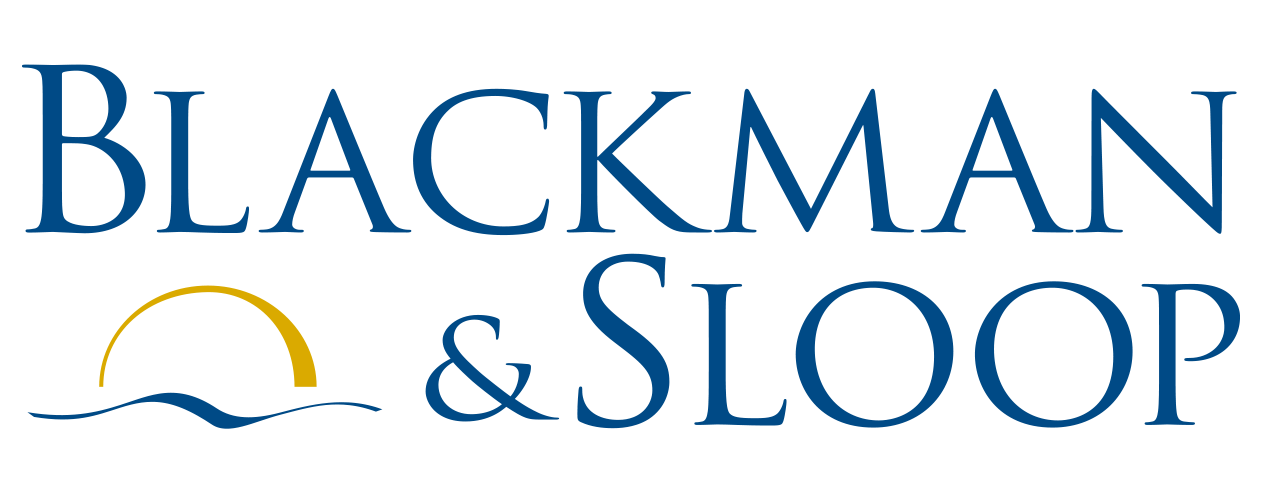
15 Oct The Future of U.S. Nonprofits: Sector Outlook and Strategic Shifts
As nonprofit leaders look beyond 2025, one thing is certain — the years ahead will be defined by volatility, complexity, and opportunity. Federal policy changes, economic uncertainty, demographic shifts, philanthropic realignment, and rapid digital transformation are reshaping the nonprofit landscape. These forces are not uniform, and their effects vary widely across sectors.
Some fields — such as healthcare, environmental initiatives, and mental health — are positioned for strategic growth thanks to heightened public demand and philanthropic focus. Others — including arts, civil rights, and international development — face heightened scrutiny, unpredictable funding, and shifting ideological dynamics. Across the board, nonprofits must demonstrate measurable impact, adapt their business models, and maintain public trust to thrive in this new environment.
The following sector-by-sector outlook outlines key trends and implications to help nonprofit leaders anticipate what’s ahead and plan strategically for long-term sustainability.
Human Services
Outlook: Challenging but Essential
Key Trends:
- Rising demand driven by aging populations, housing instability, and mental health needs.
- Ongoing federal funding volatility and regulatory pressure on programs such as SNAP and Medicaid.
- Increased reliance on outcome-based contracting and integration with managed care systems.
Implications:
- Nonprofits will need to strengthen data collection and impact measurement to meet accountability standards.
- Expanding partnerships with healthcare systems and adopting innovative funding models will be vital for resilience and growth.
Healthcare and Behavioral Health
Outlook: Mixed, with Growth Opportunities
Key Trends:
- Uncertainty surrounding Medicaid expansion and behavioral health reimbursement models.
- Continued movement toward value-based care and integration of social determinants of health (SDOH).
- Philanthropic support for mental health services continues to rise despite operational funding gaps.
Implications:
- Organizations should maintain strong financial reserves to manage reimbursement delays and policy shifts.
- Strategic alliances with healthcare systems and advocacy initiatives can open new pathways for expansion.
Education (K–12 and Higher Education)
Outlook: Reform and Reinvention
Key Trends:
- Charter school and voucher growth redirecting public resources.
- Declining college enrollment and flat state funding persisting post-pandemic.
- Restrictions on DEI initiatives influencing governance and funding priorities.
Implications:
- Institutions will need to diversify revenue, focusing on endowments, online learning, and partnerships.
- Financial aid models and leadership structures will require reevaluation to ensure sustainability.
International Development and Global Health
Outlook: Decreasing U.S. Support, Rising Global Demand
Key Trends:
- Potential reductions in funding from USAID, PEPFAR, and the U.S. Department of State.
- Growth in regional philanthropy across Africa, Asia, and Latin America.
- Increasing preference for local partnerships and direct donor relationships.
Implications:
- U.S.-based NGOs must streamline operations, strengthen compliance, and adapt to a more competitive funding environment.
- Expanding relationships with private institutional and international funders will be essential for stability.
Arts, Culture, and Humanities
Outlook: Funding Strain, Innovation Ahead
Key Trends:
- Heightened political and cultural scrutiny around content and programming.
- Generational shifts reducing engagement with traditional institutions.
- Growth in digital access and virtual experiences, though profitability remains uneven.
Implications:
- Sustained success will depend on strong donor relationships and legacy giving initiatives.
- Investment in digital engagement and audience diversification will help organizations remain relevant and accessible.
Religious and Faith-Based Organizations
Outlook: Stable, Yet Transforming
Key Trends:
- Declining attendance but consistent giving among dedicated congregants.
- Growth in faith-based social service delivery as government support recedes.
- Increased public scrutiny over faith-based organizations receiving federal funds.
Implications:
- Digital giving tools and virtual engagement can expand reach and longevity.
- Faith-based groups will need to carefully manage reputational and compliance risks as they expand into new service areas.
Environment and Conservation
Outlook: Expanding Momentum and Urgency
Key Trends:
- Climate change driving increased donor and policy attention.
- Reduced federal enforcement creating a larger role for nonprofit advocacy.
- Growth in private funding from ESG-aligned corporations and climate-focused foundations.
Implications:
- Aligning science, policy, and innovation will position organizations for leadership in this space.
- Advocacy, litigation, and community-based initiatives are expected to see significant expansion.
Private Philanthropy and Foundations
Outlook: Adaptive and Impact-Focused
Key Trends:
- Greater scrutiny of endowment practices and payout rates.
- Continued movement toward trust-based philanthropy and equity-centered funding.
- Possible policy changes impacting donor-advised funds (DAFs).
Implications:
- Foundations will act as sector stabilizers through flexible and collaborative funding mechanisms.
- Expect to see more pooled funds, fiscal sponsorships, and outcome-driven grantmaking.
Public Policy, Legal, and Civil Rights
Outlook: High Demand, Political Sensitivity
Key Trends:
- Legal and legislative shifts reshaping civil liberties, DEI, and gender-related advocacy.
- Growing public support for organizations defending voter access and immigrant rights.
- Political polarization driving both funding opportunities and risks.
Implications:
- Funding will remain volatile but mission-critical, particularly around election years.
- Agility, independence, and strong digital advocacy will help organizations sustain visibility and impact.
Animal Welfare and Wildlife Conservation
Outlook: Niche, but Resilient
Key Trends:
- Sustained donor appeal among younger demographics and online audiences.
- Policy rollbacks on land management creating watchdog opportunities for nonprofits.
Implications:
- Emotional storytelling and recurring giving programs will strengthen donor loyalty.
- Partnerships with environmental and scientific organizations can unlock new funding channels.
Cross-Sector Challenges to Monitor
| Trend | Impact |
| Federal budget reductions | More unpredictable grants; performance-based funding requirements |
| Workforce shortages | Wage inflation, competition, and burnout concerns |
| Donor generational change | Younger donors expect transparency and measurable results |
| Cybersecurity risks | Increased exposure to data breaches and fraud |
| AI and digital transformation | Improved efficiency but new ethical and equity challenges |
Strategies for Long-Term Success
1. Build Financial Resilience
Develop operating reserves, diversify revenue streams, and use scenario-based planning to weather funding disruptions and inflationary pressures.
2. Adopt a Long-Term Revenue Perspective
Evaluate expected funding trends by sector to anticipate shifts in government support, philanthropy, and earned income opportunities.
3. Strengthen Policy Awareness
Stay informed about evolving laws, funding regulations, and advocacy opportunities to navigate changes effectively.
4. Advance Impact Measurement
Define clear outcomes, invest in data systems, and communicate results to funders and stakeholders with clarity and consistency.
5. Foster Transparency and Trust
Embed ethical governance, open communication, and responsible reporting practices to reinforce donor confidence and community credibility.
Looking Ahead
The nonprofit sector stands at a pivotal moment. Each field faces its own pressures, but success will favor organizations that are strategic, transparent, and adaptable. By strengthening financial foundations, deepening policy insight, and embracing innovation, nonprofits can transform uncertainty into opportunity — and continue driving meaningful impact for years to come.
At Blackman & Sloop, we help nonprofit leaders prepare for what’s next. Our team works closely with organizations to strengthen financial resilience, enhance transparency, and align strategic planning with long-term mission success. From compliance to consulting, we’re here to help your nonprofit build a stronger future — one decision at a time.

